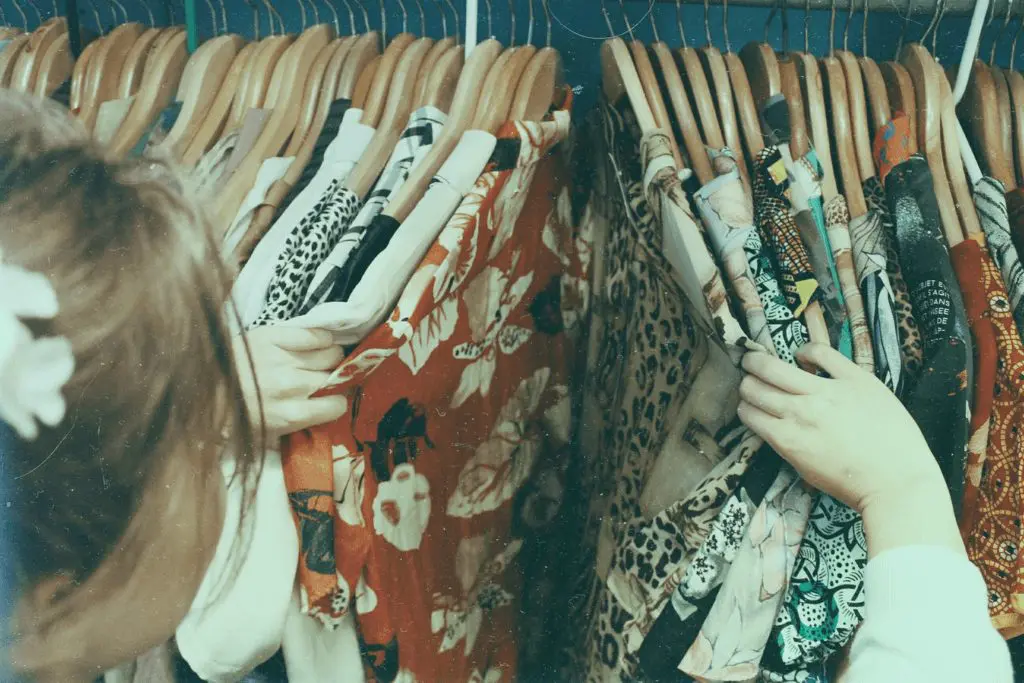The fill rate metric can provide valuable insights into how reliable you are, as a supplier, to your consumers, and how professionally you manage your resources. But why is measuring a company’s fill rate so important? A company’s fill rate, or fulfillment rate, is the percentage of orders a company is able to complete and ship without placing backorders, missing a sale, or running out of stock entirely. Backorders are orders that are placed when stock is not currently available, thus forcing customers to receive them only at a later date.
With increased production flow, competition, and growing global customer expectations and demand, it is imperative that businesses track their order fulfillment rate. The fill rate is an effective indicator of a company’s ability to manage its inventory well, as well as its ability to meet customer expectations. A high fill rate indicates that the company is, on average, able to fulfill customer orders accurately and within a timely manner. A low fill rate, on the opposite end, suggests that the company is struggling to meet consumer demand.
This article will help broaden your understanding of the fill rate by looking at how it works in the supply chain, how to calculate it, as well as the different types of fill rates that exist.
Types of Fill Rate
With a better understanding of what the fill rate of a company is, it is essential to identify what type of fill rate is best suited for your company and its operations. Different types of fill rates are used to provide a different perspective on order fulfillment performance and to help companies identify specific areas for improvement in their order fulfillment process.
Order Fill Rate: This measures the percentage of customer orders that are fulfilled in full as well as on time. This metric considers all line items listed on an order, and whether or not they were delivered in the quantities specified.
Case Fill Rate: Case fill rate measures the percentage of product cases ordered that are fulfilled correctly and on time, and is often used in industries that sell products in bulk, such as the food and beverage industry.
Supplier Fill Rate: This form of fill rate specifically looks at the percentage of items ordered from a particular supplier that are fulfilled correctly and timeously. This is useful for evaluating supplier performance, providing a company with insight into which suppliers are the most efficient and reliable in their service.
Service Fill Rate: Measuring the percentage of orders fulfilled on time and in the correct quantities, service fill rate also considers factors such as lead time and order cycle time. This metric is predominantly used in service-oriented industries where timely and accurate order fulfillment is critical.
Line Fill Rate: This measures the percentage of individual line items on an order that is fulfilled correctly and on time. It is a useful metric for measuring accuracy in order fulfillment.
Service Level vs. Fill Rate
Often confused for the other, service level and fill rate are two different units of measuring customer satisfaction and order fulfillment. As established, the fill rate is defined by the percentage of customer orders that are fulfilled accurately. Whereas service level measures the percentage of customer orders fulfilled within a specified timeframe, taking into account not only the number of items shipped but also other relevant factors that may impact customer satisfaction. Some of these factors include delivery time and accuracy. Service level, therefore, expresses customer satisfaction in a broader sense.
Service level is a more comprehensive metric that considers the overall customer experience, while the fill rate is broken down into more basic components. Whereas the fill rate answers only the question of whether or not the consumer’s desired item was available in stock, service level covers the question of how you managed the situation. Both metrics, however, are important in evaluating supply chain performance, and companies may use one or both depending on their specific needs and goals.
Fill Rate Calculation
Fill Rate = (Fulfilled Orders/Total Orders) x 100
The fill rate formula is fairly straightforward. You divide the number of customer orders shipped in full by the number of customer orders placed. To calculate your fill rate in percentage form, multiply this number by 100.
(Total Number of Customer Orders / Number of Customer Orders Filled) * 100
When people speak about the ‘fill rate,’ they are generally referring to the order fill rate. Now that we have clarified that there is more than one type of fill rate, let us use them in 2 working examples. One should be extra cautious with one’s numbers when working out the demand satisfaction, or fill rate.
Let’s assume that you are a bookseller. You received 50 orders during the previous month, and 50 different customers placed each order. Each customer ordered 1 book. However, only 45 books were available. Using the fill rate formula, we can calculate that your company’s fill rate is 90%.
= (Total Number of Customer Orders Shipped / Number of Customer Orders Filled) x 100 = (45/50) x 100 = 90%
The second scenario is that your bookstore received 50 orders from 50 customers, however, three of your customers ordered not one, but two books. Let us work out your fill rate for this scenario, where you had to sell 53 books, but only 45 were available in your stock.
= (Total Number of Customer Orders Shipped / Number of Customer Orders Filled) x 100 = (45/53) x 100 = 85%
What is a Good Fill Rate, and How to Increase Yours
Working in terms of percentage, a company’s fill rate goal should be for theirs to reach as close to 100% as possible. However, 100% is not always the most realistic percentage, and thus, a fill rate of 95%-99% is most often recommended. This indicates that 95% or higher of your customer base is satisfied with correctly fulfilled orders that are delivered on time. But how can your company increase its fill rate? Let us dissect the various methods:
Don’t forget about product alternatives: It is difficult to control a situation involving a product that is too specific and difficult to replace with another option. In most cases, it is best to offer alternatives based on your consumer’s preferences and your available resources.
Do not sell goods that are out of stock: Whether your sales team closes a sale during a phone call or physically in-store, agree upon one simple point: check availability before offering missing products. If your customer is looking for a specific product that is not in stock, refer to the above and offer an alternative.
Streamline order processing: Implementing efficient order processing systems helps reduce the risk of errors and delays, which have the potential to heavily affect a company’s fill rate. Ways in which this can be achieved through the utilization of automation and integration of order management systems, which eliminate errors caused by manual labor. Furthermore, integration of order management systems with other business systems, such as inventory and accounting, ensures seamless data flow and reduces order processing time.
Invest in demand planning software: ‘What gets measured, gets managed.’ SaaS tools designed for these purposes should not be considered a luxury, but a necessity. Demand planning software brings valuable data to the table and guides you throughout your data management journey. This software can help determine which products sell quickest and easiest, helping inform on the optimal time to re-order with your suppliers. By analyzing historical data, market trends, and customer behavior, companies are better equipped to predict demand and ensure sufficient stock availability. Have a read through Intuendi’s Demand Forecasting article for a more thorough explanation of how this works.
It is important to note that increasing one’s fill rate requires a holistic approach that involves coordination across departments, effective communication with suppliers, and leveraging technology to streamline operations. This results in not only an increased fill rate, but added benefits such as a more efficient order fulfillment process and enhanced customer satisfaction, which effectively leads to strengthened customer loyalty.
Why is the Fill Rate Important?
The fill-rate formula does not only calculate a company’s fill rate but also reveals deeper insight into the inner workings and functions of a supply-chain and logistics company. No matter in what niche you operate, measuring your success will always involve tracking metrics and actual figures. In supply chain management, the demand satisfaction rate has proven to be one of the most essential metrics to follow. There are many important factors about the fill rate, let us asses:
Consumer relationships: Do you meet the needs of your consumers immediately, or do you make them wait? Perhaps even worse, you allow them to go to your competitors?! Or have you positioned yourself as a reliable partner who is set up to satisfy market needs? If your customers have been taught that they can rely on your trustworthiness and the availability of your products, you are able to foster long-lasting relationships with them, helping increase their loyalty to your company.
Inventory Management: At the core of a high fill rate is a well-oiled supply-chain team, moving effectively and efficiently with few hiccups and delays. Calculating the fill rate helps companies to optimize their inventory management by identifying areas of imbalanced stock levels. If you can make data-driven decisions, instead of relying upon approximate calculations, your business can expect stable growth and a stellar reputation.
Better forecasting: Fill rates can help companies to improve their forecasting accuracy by providing insights into customer demand and inventory levels. With fill rate statistics on hand, companies can be made aware of missed opportunities, allowing them to take the steps to manage these situations immediately.
The fill rate aids in measuring and monitoring the order fulfillment performance of a company, helping to identify areas in need of improvement within the inventory management and order processing sections. Major benefits enjoyed through the use of fill rate include increased customer satisfaction, reduced operational costs, and improved competitiveness. The individual types of fill rates can further be customized to meet the specific needs of different industries and supply chain partners, providing a more comprehensive understanding of a company’s order fulfillment process. Overall, the dominant purpose of the fill rate is to assist companies to optimize their order fulfilment process and meeting customer expectations, ultimately leading to increased profitability and success.







